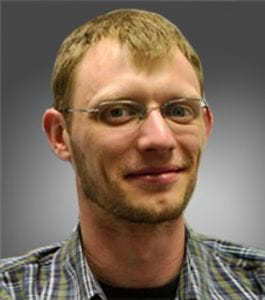
Date: Thursday, January 14, 2021
Speaker: Matthieu Baudelet, Ph.D.
Associate Professor
Department of Chemistry
University of Central Florida

Abstract: This talk will show how lasers are used in archaeology and art through research and artifacts from Pompeii and displayed in the Pompeii: The Immortal City traveling exhibit. Lasers are unique tools that can be used to provide information at so many levels when studying artifacts and archaeological sites. From mapping entire cities and buildings, to the chemical analysis of artifacts and art pieces, we will travel through the exciting world of chemical analysis with lasers. Lasers can unveil atomic and molecular compositions while keeping the items intact and provide us with a comprehensive view of their origin and manufacturing.
We will discover chemical formulation of paints to better understand how they were created as well as the composition of everyday glassware. We will also travel through the recent uses of lasers for mapping Pompeii that allow us to be part of the city and unveil the knowledge of this civilization after all these years.
Biography: Dr. Matthieu Baudelet is an associate professor specializing in chemical analysis for forensic research. He graduated with a M.Sc. in “Laser and Spectroscopy” in the University of Lyon (France) and continued to complete his Ph.D. in the ‘Laboratoire de Spectrométrie Ionique et Moléculaire’ (Lasim, Lyon) working on “Laser-induced plasma and spectroscopic analysis” under the direction of Pr. Jin YU in 2008. From 2008 to 2015, as a Senior Scientist and then Research Assistant Professor of Optics in the Laser & Plasma Laboratory in the Townes Laser Institute at UCF, he was introducing and developing laser spectroscopy for atomic spectroscopy as well as electronic, vibrational and rotational molecular spectroscopy for studying fundamentals of plasmas, quantitative analysis and sensing in tabletop and integrated configuration as well as for stand-off detection.
Now Faculty member of the Chemistry department in the National Center for Forensic Science at the University of Central Florida, his research focuses on the application of spectroscopic techniques for forensic analysis. He is focusing on evidence such as tire skid marks, pollen grains and anthropological remains. He also develops matrix-matched analytical standards of hard biomaterials for laser-ablation techniques. He is teaching spectroscopy and microscopy for forensic analysis at the undergraduate and graduate levels.
